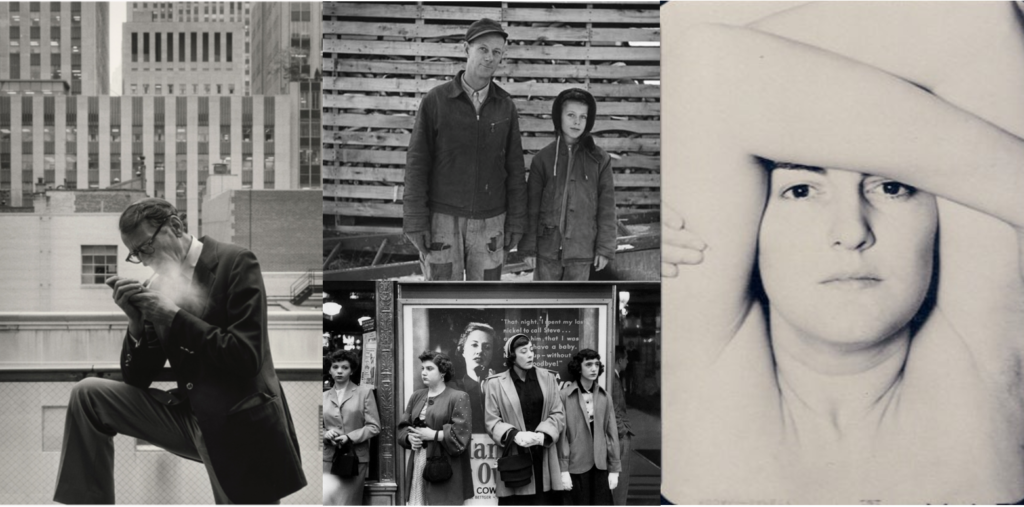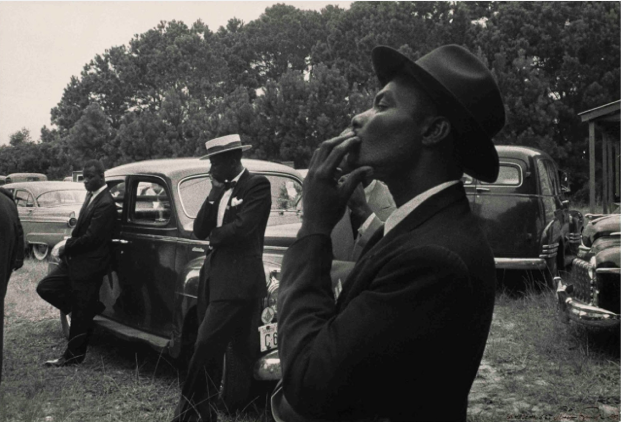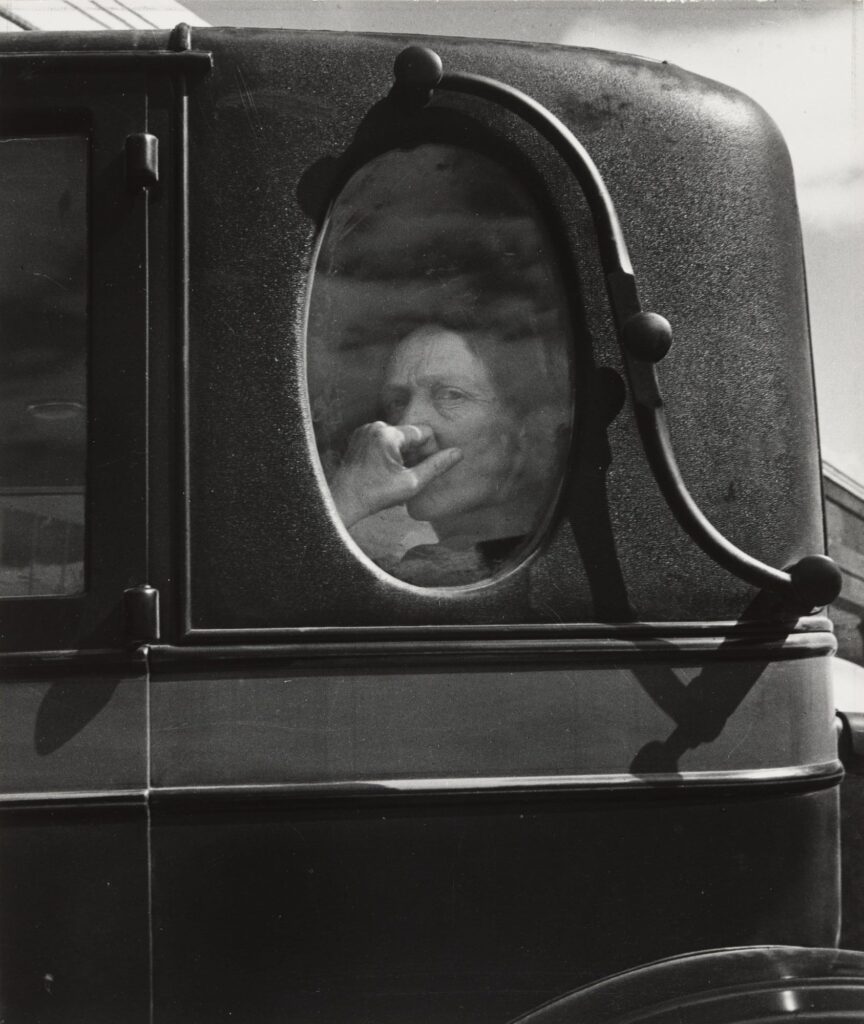Question: What are the differences between photographs that are windows and mirrors?
Mirror photographs are romantic expressions of the photographers sensibility and shows a reflection of the photographer. Mirror documentation in photography provides an insight into our inner world, projecting our own subjective interpretation or attempting to reveal our inner world to an outside audience.
Window photographs show the exterior world in all its presence and reality. They document the world around us and provides the viewer with a window on that world.
Key words:
MIRRORS: tableaux, subjective, romanticism, fiction, staged, personal, reflective, internal, manipulated, personal
WINDOWS: documentary, objective, realism, candid, public, external, truthful, straight, optical, views, aesthetic, external

The difference between these two images is that the first one clearly looks staged, and it is reflecting the artist as if it is a mirror. Whereas, the second one looks more natural and it is an example of viewing the exterior world in all it’s reality, through a metaphorical window.
John Szarkowski

John Szarkowski was an American photographer, curator, historian, and critic; best known for his role as the director of the Museum of Modern Art’s Department, from 1962 through 1991. Szarkowski himself is one of the great influencers of photography and played a significant, if not primary role, in moving the market for the professional photographer from publications to the gallery.
Examples of his work:
Mirrors-


Windows-


“The subject and the picture are not the same thing, although they would afterwards seem so”
In 1964, Szarkowski curated The Photographer’s Eye, where he promoted the democratisation of photography by attributing value to the vernacular as well as the professional or artistic photograph. Szarkowski makes no attempt to categorise the photographs he selects, nor does he reference the visual artists that predate photography. He sees photography as a self contained art that has created its own traditions and, in doing so, its own vocabulary.
Szarkowski argues that the successful photographer recognises that photography has an inseparable relationship with the reality that surrounds us, a reality that provides an endless array of wondrous things and important moments. The photographer’s skill is to see beyond the reality and find the “still invisible” picture and that it is this relationship between reality, the photographer and the picture that is unique to photography.
